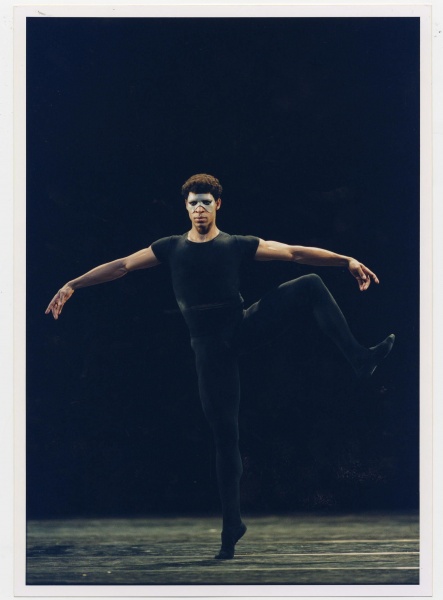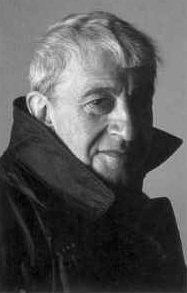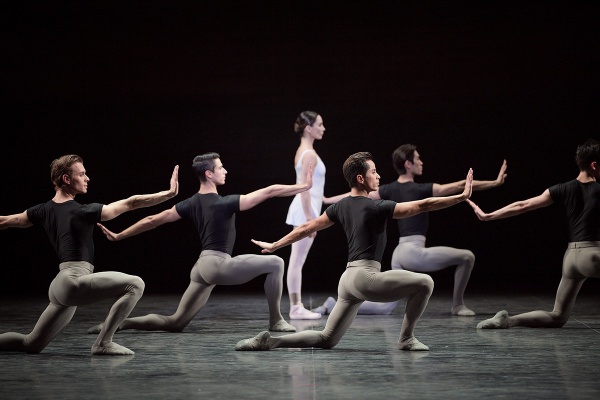DANCE OF DARKNESS: A LOOK BACK AT SIR KENNETH MACMILLAN’S PAS DE DEUX WITH DEATH
Posted by Deirdre | Filed under Blog

Internationally renowned choreographer Sir Kenneth MacMillan cuts a dour figure in the Toronto offices of the National Ballet of Canada where he has come this week to oversee the company’s forthcoming production of his 1965 ballet Song of the Earth at Toronto’s O’Keefe Centre. Artistic associate of New York’s American Ballet Theatre and former director of London’s Royal Ballet, MacMillan, a native of Scotland, is stony-faced when describing his ballet as a lyrical paean on death: “It’s really about what little time we have on this earth, really, before we die.”
Is MacMillan, the maker of such memorably macabre ballets as a Valley of Shadows, Isadora, Romeo and Juliet and Manon, all ballets with death at the centre, perhaps a little too enamoured of Thanatos, perhaps?
“All through life we are stalked by death. It’s the only one true thing we know.” he says while sipping his morning tea with the slow deliberation of a man weighed down by the burden of introspection.
Putting down his cup, and squinting his unsmiling eyes, he suggests that his early experience with war likely have influenced his direction in choreography more than anything else: “I think it started when I was a young boy. I grew up in the last war and I was surrounded by death. I was living in a town that was bombed quite heavily and I grew up with that sort of obsession, really, and it’s never left me.”

MacMillan lost both his parents during the war, and adds that he must have been traumatized by his childhood experiences because, even when he is not planning to create a ballet about death, apocalyptic themes inevitably pop up in his work: “I’m always surprised when it happens in my ballets because I don’t set out thinking, ‘Oh, I’m going to do that theme,’ because I don’t. It’s only after the ballet’s finished do I think, oh God, I’ve twisted that same sort of image around yet again.”

Fittingly, MacMillan uses as his score (and main source of inspiration) Gustav Mahler’s The Song of the Earth, a symphonic work created as the composer’s farewell to life. The score was inspired by several Chinese poems from the turn of the century. In creating Song of the Earth, MacMillan aimed to re-create the poetic imagery in Mahler: “I tried to limit the vocabulary, so that it would become a very stylized ballet, first because the words were originally Chinese poems then translated into German and then translated in to English for me. And I think there is a formality about all poetry and I tried to make the ballet very formal and in a kind of way Oriental.”
Song of the Earth is considered MacMillan’s greatest ballet; it is a work of which he is proud and protective: “It’s a ballet I very sparingly let out to companies; it’s only the Royal Ballet, the Stuttgart and the Australian Ballet that have it in their repertoire, and now the Canadians – I had seen the company last year do Concerto (this 1966 ballet entered the National Ballet’s repertoire last November), and I thought they could do it very well.”
(From the Deirdre Kelly archives; story first published on April 20, 1988.)
